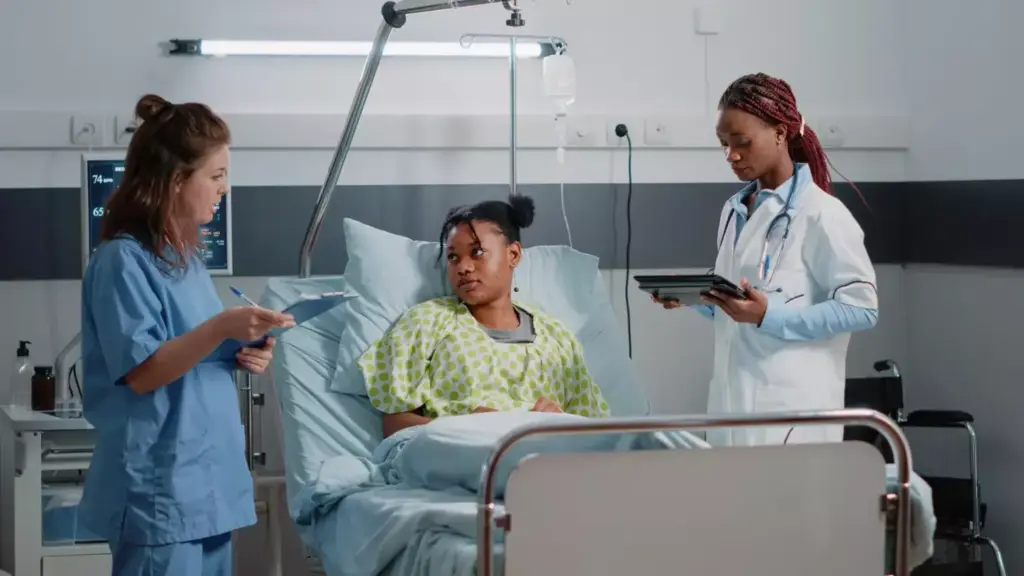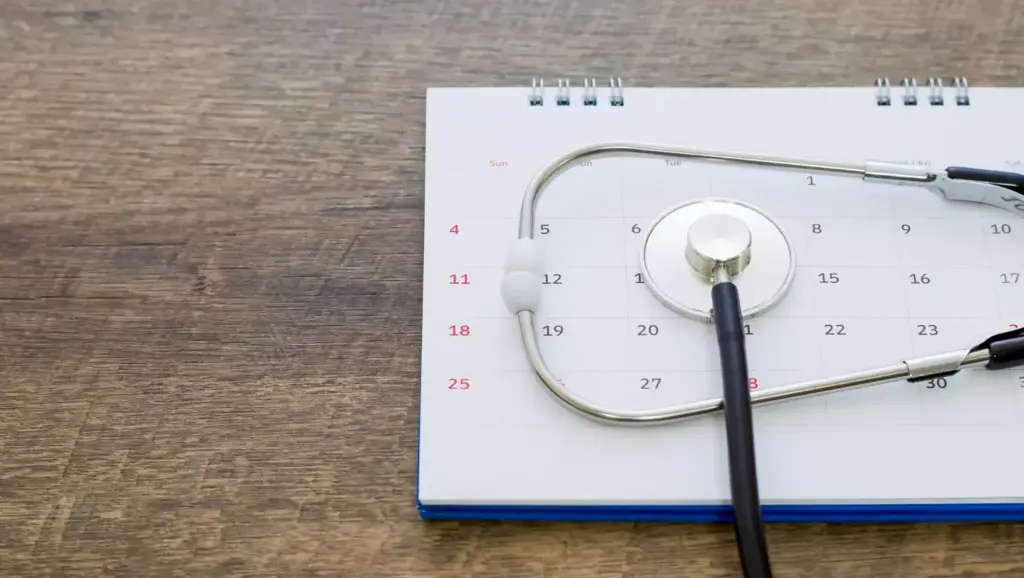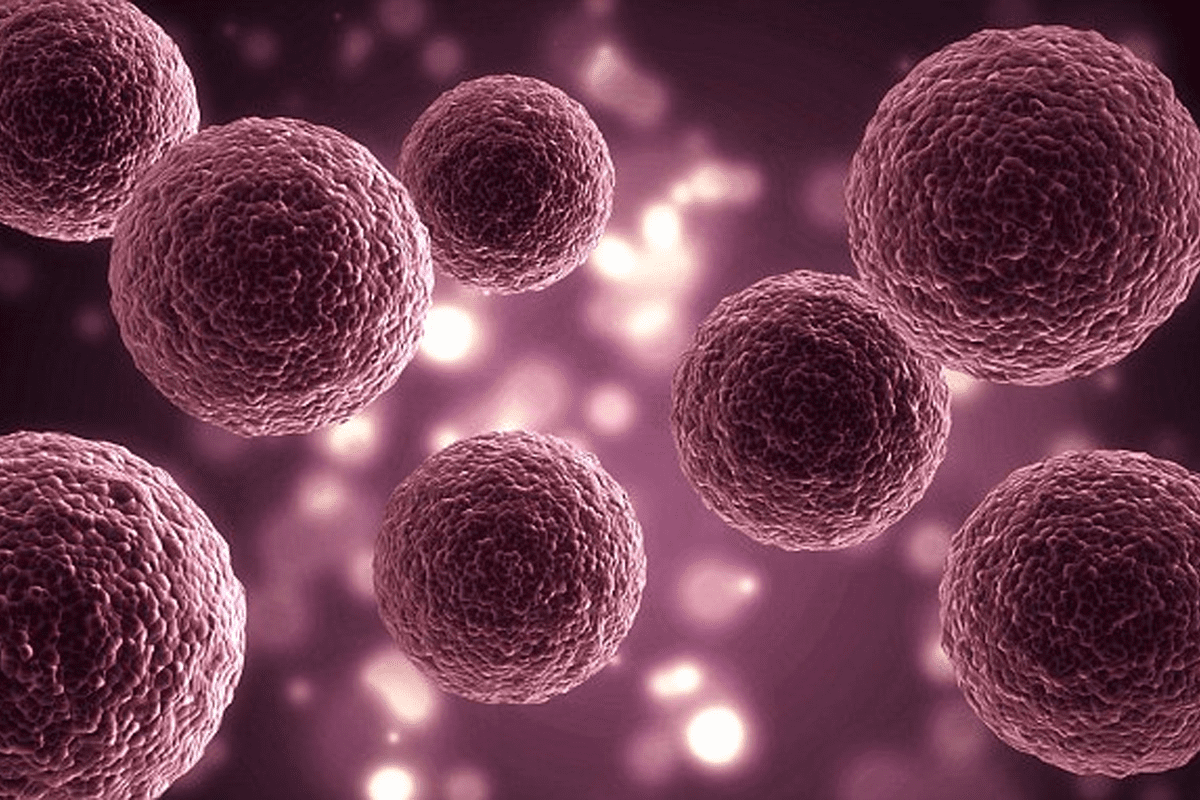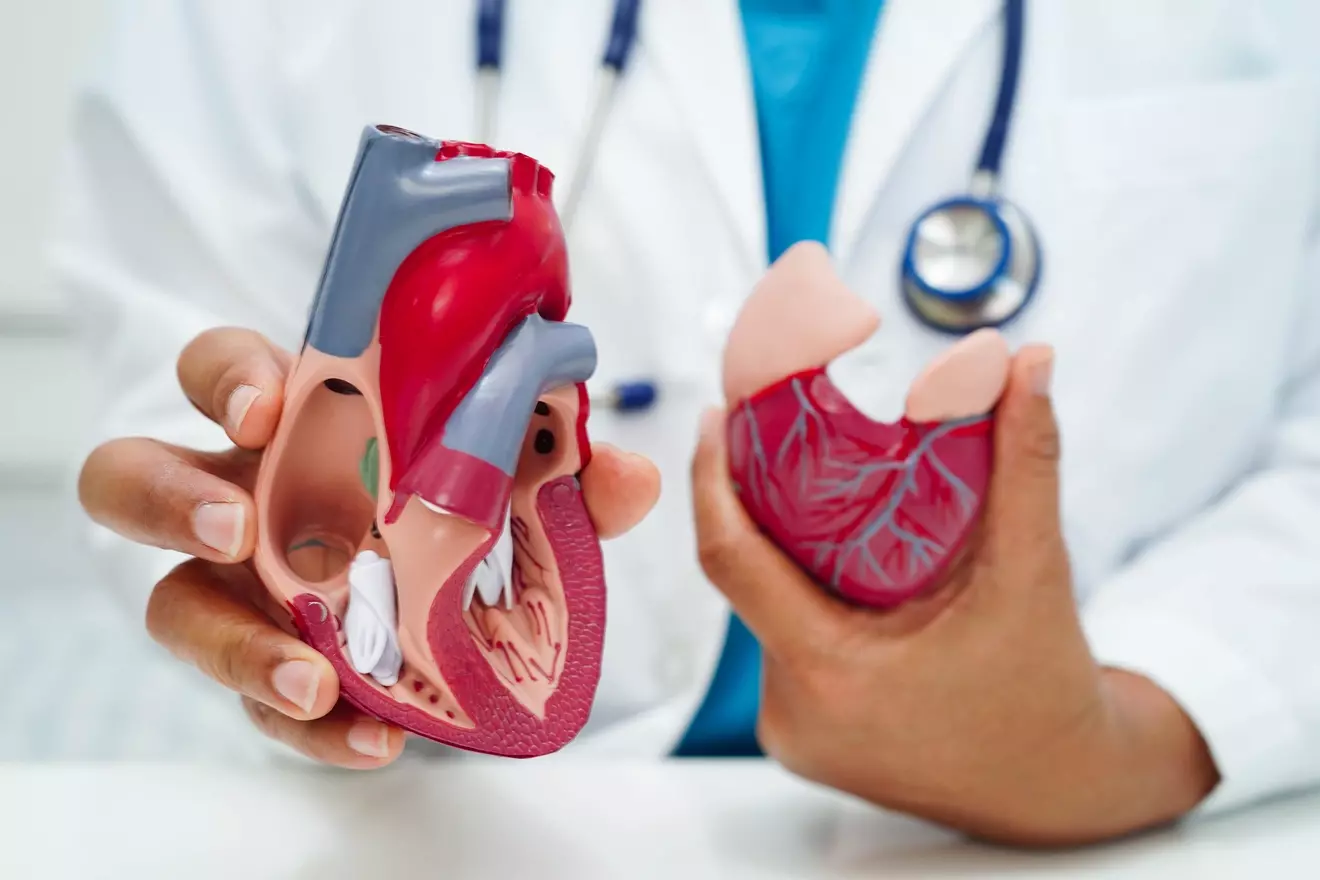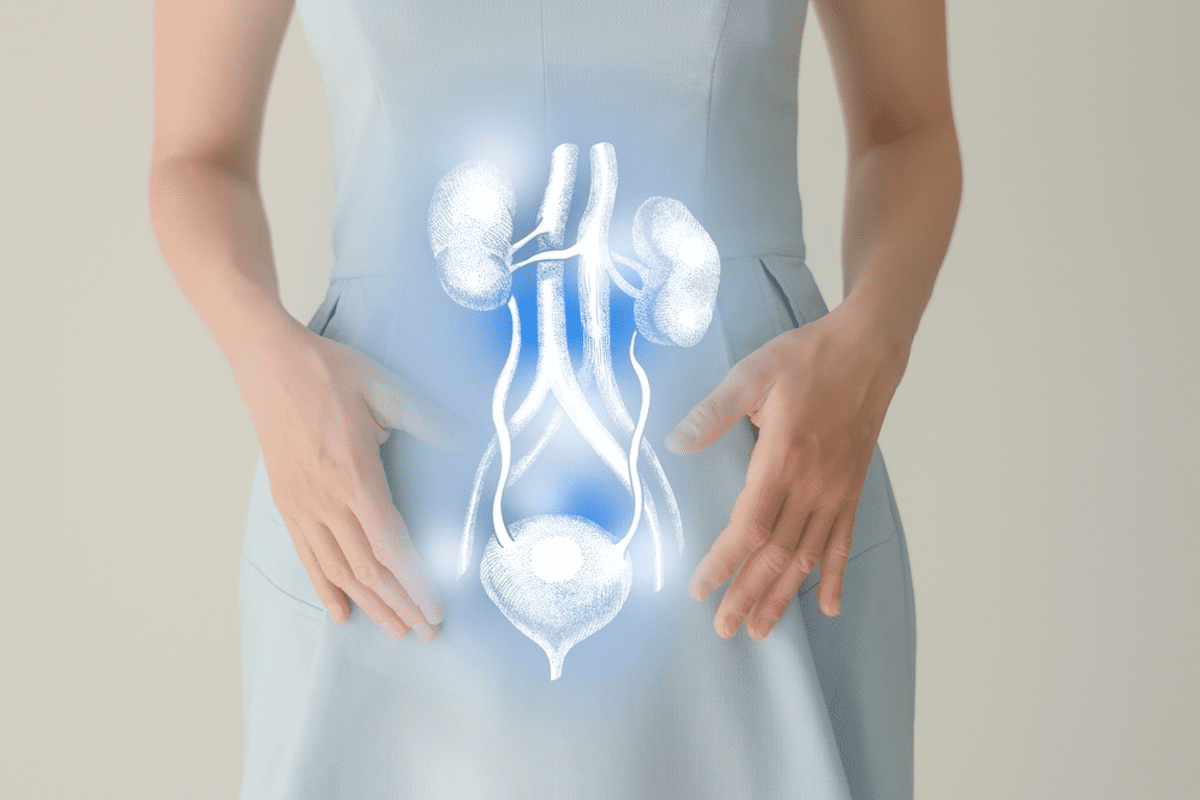Last Updated on November 26, 2025 by Bilal Hasdemir
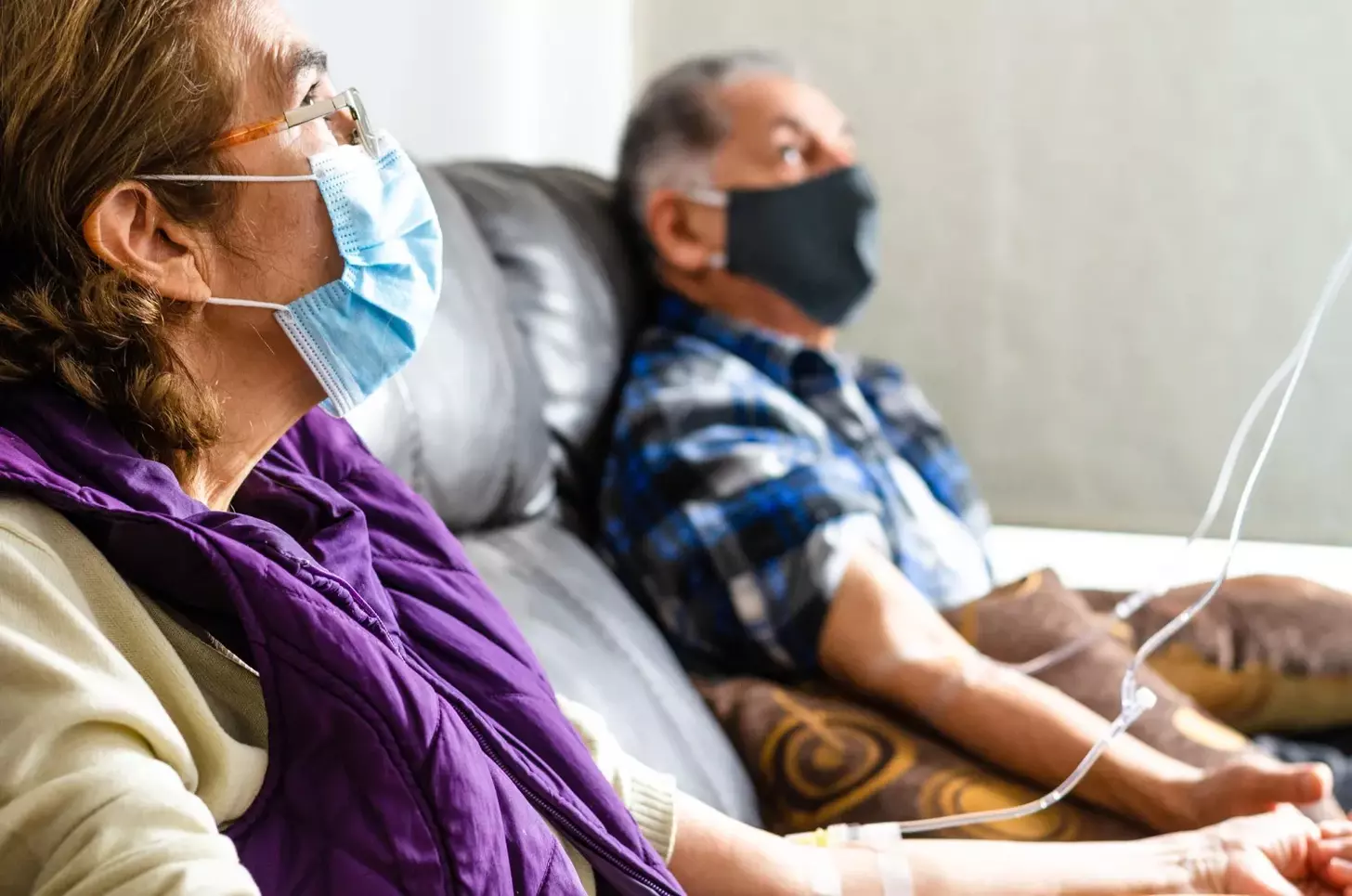
Patients with lymphoma need to know about treatment length and side effects. The time for lymphoma chemotherapy changes a lot. It depends on the cancer’s stage, type, and the patient’s health. At Liv Hospital, we use top protocols and care with kindness to help our patients.
Most treatments last 3–6 months. Stories from cancer survivors show how key it is to know about treatment time and side effects. We want to offer support and clear information, mixing medical knowledge with understanding.
Key Takeaways
- Chemotherapy duration for lymphoma varies based on cancer stage and subtype.
- Treatment cycles typically last 3–6 months.
- Patient health plays a significant role in determining treatment length.
- Understanding possible side effects is key for getting ready.
- Liv Hospital gives personalized care and support during treatment.
Understanding Lymphoma and Its Treatment Approach
It’s important to know about lymphoma to find the best treatment. Lymphoma is a cancer that affects the lymphatic system. It’s divided into two main types: Hodgkin lymphoma and non-Hodgkin lymphoma. Each type needs a different treatment plan.
Types of Lymphoma: Hodgkin vs. Non-Hodgkin
Hodgkin lymphoma, also known as Hodgkin’s disease, has Reed-Sternberg cells in lymph nodes. It spreads in a certain order from one lymph node group to another. Early treatment has greatly improved survival rates for Hodgkin lymphoma patients.
Non-Hodgkin lymphoma (NHL) is a group of cancers with different types. NHL can start anywhere in the body and can be more aggressive. The treatment for NHL depends on the type, stage, and patient’s health.
The Role of Chemotherapy in Lymphoma Treatment
Chemotherapy is key in treating both Hodgkin and non-Hodgkin lymphoma. It uses drugs to kill cancer cells. The choice of chemotherapy depends on the lymphoma type, stage, and patient’s health.
Chemotherapy is often used with other treatments like radiation or immunotherapy. The goal is to get into remission, improve life quality, and increase survival chances.
Chemotherapy can be tough, but the right plan helps many patients manage side effects. This way, they can achieve good results.
How Long Is Chemotherapy for Lymphoma? General Timeline Overview
Knowing how long chemotherapy for lymphoma lasts is key for patients. It helps them get ready for their treatment. Chemotherapy uses strong drugs to kill cancer cells. Its length can change a lot based on different things.
Average Treatment Duration: 3-6 Months
Chemotherapy for lymphoma usually lasts 3 to 6 months. This can change based on the lymphoma type, disease stage, and treatment response. For example, early-stage Hodgkin lymphoma might need less time than advanced non-Hodgkin lymphoma.
Here’s a general idea of what patients might face in treatment length:
| Lymphoma Type | Average Treatment Duration | Frequency of Sessions |
|---|---|---|
| Hodgkin Lymphoma (Early Stage) | 2-4 months | Every 2-3 weeks |
| Non-Hodgkin Lymphoma (Advanced Stage) | 6-8 months | Every 3-4 weeks |
Frequency of Treatment Sessions
Chemotherapy for lymphoma is given in cycles. Each cycle is followed by a break to let the body recover. Sessions are usually every 2-4 weeks. The exact schedule depends on the treatment plan, patient health, and how they react to treatment.
“The chemotherapy regimen is tailored to the individual patient’s needs, taking into account the type and stage of lymphoma, as well as the patient’s overall health.”
Variations in Timeline Based on Response
How well a patient responds to chemotherapy is key in determining treatment length. If a patient does well, their treatment might be adjusted to reduce side effects and improve results. If the cancer doesn’t respond, the treatment could be changed to include more therapies or intense chemotherapy.
Studies show that patients who do well in the first few chemotherapy cycles often have better outcomes. For example, a Journal of Clinical Oncology study found that Hodgkin lymphoma patients who reached complete remission after a few cycles had a much higher survival rate.
Understanding these factors helps patients prepare for their treatment journey.
Factors That Determine Treatment Duration
It’s important for lymphoma patients to know what affects their treatment time. Treatment time varies a lot. This depends on several key factors.
Lymphoma Type and Subtype Impact
The type and subtype of lymphoma greatly affect treatment time. For example, Hodgkin lymphoma and non-Hodgkin lymphoma (NHL) have different treatment times. Within NHL, subtypes like diffuse large B-cell lymphoma (DLBCL) or follicular lymphoma have their own treatment plans and times.
Studies on lymphoma subtypes help us understand treatment outcomes. For instance, DLBCL is aggressive and needs intense treatment, often for a shorter time. Indolent lymphomas, on the other hand, may need longer management.
Disease Stage and Aggressiveness
The stage and aggressiveness of lymphoma are key in deciding treatment time. Early-stage disease often needs less intense and shorter treatment. Advanced-stage lymphoma requires more intense treatment and longer time.
The aggressiveness of lymphoma also affects treatment time. Aggressive lymphomas, like DLBCL, need intense chemotherapy, which can be done in a few months. Indolent lymphomas, though, may need less intense treatments over a longer time.
“The stage and aggressiveness of lymphoma are key determinants of treatment duration and intensity.”
Patient-Specific Considerations
Each patient’s health, age, and how they respond to treatment also impact treatment time. Patients with health issues or older adults might need treatment adjustments. This could make treatment longer.
It’s important to watch how a patient responds to treatment. Good response means shorter treatment. But, if more treatments are needed, treatment time goes up.
| Factor | Impact on Treatment Duration |
|---|---|
| Lymphoma Type | Hodgkin vs. Non-Hodgkin lymphoma; different subtypes within NHL |
| Disease Stage | Early-stage vs. advanced-stage disease |
| Aggressiveness | Aggressive vs. indolent lymphoma |
| Patient Health | Overall health, age, comorbidities |
| Treatment Response | Initial response, need for additional therapy |
Understanding these factors helps doctors create personalized treatment plans. This approach improves chances of success and reduces unnecessary treatment.
Hodgkin Lymphoma Chemotherapy Protocols and Duration
Chemotherapy is a key part of treating Hodgkin lymphoma. New treatments offer hope to patients. The right treatment depends on the disease stage, patient health, and lymphoma type.
The ABVD Regimen: 2-6 Cycles Over 4-6 Months
The ABVD regimen is a common treatment for Hodgkin lymphoma. It includes Adriamycin, Bleomycin, Vinblastine, and Dacarbazine. Patients usually get 2-6 cycles over 4-6 months. This treatment works well for early-stage Hodgkin lymphoma.
A leading oncologist says,
“The ABVD regimen has changed how we treat Hodgkin lymphoma. It’s effective and has fewer side effects.”
Other Common Hodgkin Lymphoma Protocols
ABVD is not the only treatment. BEACOPP is used for more serious cases. The choice depends on age, disease severity, and health.
- BEACOPP: Used for advanced-stage Hodgkin lymphoma.
- Stanford V: A shorter treatment that combines chemotherapy and radiation.
Early vs. Advanced Stage Treatment Timelines
Chemotherapy length changes with disease stage. Early-stage patients might get 2-3 cycles. Advanced-stage patients may need up to 6 cycles or more.
Every patient’s treatment is different. We focus on effective treatment with fewer side effects. Our goal is to improve quality of life.
Non-Hodgkin Lymphoma Treatment Duration
Learning about Non-Hodgkin lymphoma treatment time is key. It depends on the type and how it’s treated. Non-Hodgkin lymphoma (NHL) is a group of cancers with different symptoms and outcomes.
R-CHOP Protocol: 6 Cycles Over 18 Weeks
The R-CHOP protocol is a common treatment for NHL. It mixes Rituximab, Cyclophosphamide, Hydroxydaunorubicin (Doxorubicin), Oncovin (Vincristine), and Prednisone. R-CHOP is given in 6 cycles, each lasting 3 weeks. This makes the whole treatment about 18 weeks or 4.5 months.
Here’s what the R-CHOP protocol includes:
- Rituximab: A monoclonal antibody targeting CD20-positive B cells
- Cyclophosphamide: A chemotherapy drug that interferes with DNA replication
- Doxorubicin: An anthracycline antibiotic that intercalates DNA strands, inhibiting cancer cell growth
- Vincristine: A vinca alkaloid that disrupts microtubule formation, halting cell division
- Prednisone: A corticosteroid that has anti-inflammatory and immunosuppressive effects
Treatment Timelines for Different NHL Subtypes
Each NHL subtype has its own treatment time. For example:
- Diffuse Large B-Cell Lymphoma (DLBCL): Often treated with R-CHOP for 6 cycles
- Indolent NHL (e.g., Follicular Lymphoma): May be treated with R-CHOP or other regimens, with treatment duration varying based on response
- Mantle Cell Lymphoma: May require more intensive regimens, potentially including stem cell transplantation
Aggressive vs. Indolent NHL Treatment Approaches
Treatment for NHL varies a lot between aggressive and indolent types.
Aggressive NHL, like DLBCL, needs quick and intense treatment to try to cure it. R-CHOP is often used, and treatment usually finishes in 4-6 months.
On the other hand, indolent NHL, like Follicular Lymphoma, might not need immediate treatment. A watchful waiting approach might be used, starting treatment only when symptoms appear or the disease grows. When treatment is needed, it’s often less intense and can last longer.
Knowing these differences helps manage expectations and make better care choices.
What to Expect During Chemotherapy Sessions
As patients get ready for lymphoma treatment, knowing what to expect in chemotherapy sessions can help. Chemotherapy is a key part of lymphoma treatment. Being informed can make patients feel more in control.
Length of Individual Treatment Appointments
The time needed for chemotherapy sessions varies. It depends on the type of lymphoma, the treatment plan, and if other treatments are used too. Sessions can last from a few minutes to several hours.
For example, some treatments might need patients to stay at the center for 4-6 hours. Even if the actual infusion time is shorter.
Patients should plan to spend a lot of time at the treatment center. Medical staff watch them for reactions and keep them safe during treatment.
Outpatient vs. Inpatient Administration
Most chemotherapy for lymphoma is done on an outpatient basis. This means patients can go home the same day. Outpatient treatment is more flexible and lets patients recover at home.
But, some cases need hospitalization. This is if the treatment is very intense or the patient needs closer monitoring.
Outpatient treatment is usually preferred. It doesn’t disrupt daily life as much. But, patients should have someone to help them get home after treatment.
The Day-to-Day Experience of Chemotherapy
Chemotherapy for lymphoma can be tough, both physically and emotionally. Patients might feel tired, nauseous, lose their hair, or get infections more easily. It’s important to manage these side effects to keep quality of life during treatment.
Patients often talk about the importance of a supportive care team. Having the right support helps them deal with chemotherapy’s challenges.
Understanding Chemotherapy Cycles and Recovery Periods
It’s key for patients with lymphoma to know about chemotherapy cycles. Chemotherapy isn’t given all the time. It comes in cycles with treatment periods and rest periods.
The Structure of Treatment Cycles
Chemotherapy for lymphoma is given in cycles. Each cycle has a treatment phase and a rest phase. The length of each cycle can change based on the treatment plan.
For example, some plans might have chemotherapy on the first day. Then, there’s a three-week break before starting the next cycle. The cycle length and number can change based on the lymphoma type, disease stage, and treatment response. Knowing your treatment cycle is key to planning your treatment journey.
Why Rest Periods Between Treatments Are Essential
Rest periods between chemotherapy cycles are vital. They let the body recover from treatment side effects. Side effects include fatigue, nausea, and hair loss.
“The rest periods between chemotherapy cycles give your body a chance to rebuild healthy cells and regain strength, making it possible to continue with the next cycle of treatment.”
Recovery periods are just as important as treatment. They help patients handle treatment better and lower the risk of severe side effects.
How Doctors Monitor Progress Between Cycles
Healthcare providers closely watch patients between cycles. They adjust treatment plans as needed. This includes:
- Regular check-ups and physical examinations
- Blood tests to check blood cell counts and health
- Imaging tests (like CT scans) to see how the lymphoma is responding
| Monitoring Method | Purpose | Frequency |
|---|---|---|
| Physical Examination | Check overall health and side effects | Before each cycle |
| Blood Tests | Look at blood cell counts and organ function | Regularly between cycles |
| Imaging Tests | Check how the lymphoma is responding | After a few cycles or as needed |
By watching progress closely, doctors can make the best decisions. They can decide to keep, adjust, or stop treatment. This ensures the best outcome for the patient.
How Bad Is Chemo for Lymphoma? Managing Side Effects
It’s important for lymphoma patients to know about chemotherapy side effects. Chemotherapy fights cancer by affecting fast-growing cells. But, it can also harm healthy cells.
Common Short-Term Side Effects and Their Duration
Chemotherapy for lymphoma can cause many side effects. These include:
- Fatigue: feeling very tired that lasts during treatment.
- Nausea and vomiting: these can happen during and after treatment, but can be managed.
- Hair loss: many drugs cause hair loss, which is usually temporary.
- Increased risk of infection: chemotherapy weakens the body’s defense against infections.
These side effects can be different in intensity and how long they last. It depends on the treatment and the patient. For example, a study on ‘chemo brain’ shows how complex chemotherapy’s effects on the brain can be (read more about the study).
Strategies for Symptom Management
Managing chemotherapy side effects is key to improving life quality. Ways to do this include:
- Medications: drugs for nausea, pain, and other side effects.
- Dietary adjustments: eating small meals and staying hydrated helps with nausea and keeps nutrition up.
- Rest: getting enough rest is important for managing fatigue.
- Infection prevention: washing hands often and avoiding sick people helps prevent infections.
Using these strategies can help patients deal with chemotherapy’s challenges.
When Side Effects Require Medical Intervention
Some side effects need medical help right away. These include:
- Severe nausea and vomiting that makes it hard to keep fluids or medicine down.
- Signs of infection, like fever, chills, or a persistent cough.
- Unusual bleeding or bruising.
- Severe fatigue that makes it hard to do daily activities.
It’s vital for patients to talk often with their healthcare team about any side effects.
Long-Term Recovery After Completing Treatment
Recovering from lymphoma treatment takes time and effort. After finishing chemotherapy, patients face a key recovery phase. This phase needs close monitoring and ongoing care.
What to Expect in the Weeks Following Final Treatment
Right after treatment ends, patients feel a range of emotions. They might feel relieved but also worried about what’s next. Their bodies start to heal from the treatment’s effects.
- Fatigue: Feeling very tired is common and can last for weeks or months.
- Emotional Changes: Mood swings, anxiety, and depression are common feelings.
- Immune System Recovery: It takes time for the immune system to get back to normal.
We suggest keeping a journal to track recovery. Note any symptoms or worries to share with your doctor.
Long-Term Side Effects to Monitor
Some patients may face long-term side effects after treatment. These can include:
- Cardiac Issues: Some chemotherapy drugs can harm the heart.
- Secondary Cancers: There’s a small chance of getting another type of cancer.
- Fertility Concerns: Treatment can affect fertility.
It’s important to keep up with regular check-ups. This helps watch for these long-term side effects.
The Complete Recovery Timeline: Months to Years
Recovery times vary greatly among patients. It can take months to a few years to fully recover.
Being patient and sticking to follow-up plans is key. Knowing about the recovery process and possible long-term effects helps patients on their journey to full recovery.
When Treatment Plans Change: Extended or Shortened Therapy
Lymphoma treatment is not the same for everyone. It often needs changes as treatment goes on. These changes are normal and help patients get the best care.
Responding to Treatment Effectiveness
How well chemotherapy works affects how long treatment lasts. If a patient is doing well, their doctor might shorten treatment. This helps avoid side effects and long-term problems.
If treatment isn’t working as hoped, doctors might extend treatment or try a new chemotherapy. They make these decisions based on how the patient is doing, including tests and blood work.
Managing Complications That Affect Timeline
Chemotherapy can cause serious side effects. For example, severe neutropenia might slow treatment. Doctors then give the body time to recover.
Doctors and patients work together to handle these issues. They adjust treatment plans to keep it effective while protecting the patient.
Second-Line Treatments and Their Duration
Some patients need more treatment after the first round doesn’t work. Second-line treatments include different chemotherapy, targeted therapy, or other options.
The length of second-line treatments varies. Regular checks help see if treatment is working and make changes if needed.
Knowing treatment plans can change helps patients through their journey. Being flexible and talking openly with doctors is important for the best results.
Conclusion: Navigating Your Lymphoma Treatment Journey
Understanding the length of chemotherapy for lymphoma is key for patients. Each person’s journey through treatment is unique. It depends on the type and stage of lymphoma, their health, and how well they respond to treatment.
It’s important to have a full care plan that covers medical, emotional, and psychological needs. A strong support network is vital. This includes doctors, family, and support groups to help patients through tough times.
Knowing what to expect from chemotherapy helps patients prepare. We suggest talking to your healthcare team about your treatment plan and any worries. This way, you get the care and support you need during your lymphoma treatment.
FAQ
How long is chemotherapy for lymphoma?
Chemotherapy for lymphoma can last from 3 to 6 months. It depends on the disease type, stage, and how well the patient responds. Sometimes, it can be shorter or longer.
What is the typical chemotherapy regimen for Hodgkin lymphoma?
Hodgkin lymphoma often uses the ABVD regimen. This usually means 2-6 cycles over 4-6 months.
How long does R-CHOP chemotherapy last for non-Hodgkin lymphoma?
R-CHOP for non-Hodgkin lymphoma is 6 cycles over 18 weeks.
What factors influence the duration of chemotherapy for lymphoma?
Several things affect how long chemotherapy lasts for lymphoma. These include the lymphoma type, stage, and the patient’s health and treatment response.
How often are chemotherapy sessions for lymphoma?
Chemotherapy sessions for lymphoma happen every 2-3 weeks. This depends on the treatment plan.
What are the common side effects of chemotherapy for lymphoma?
Side effects of chemotherapy for lymphoma include fatigue, nausea, hair loss, and a higher risk of infection. How long and severe these side effects are varies by treatment and patient.
How are chemotherapy cycles structured for lymphoma treatment?
Chemotherapy cycles for lymphoma have treatment and rest periods. The exact structure depends on the treatment plan.
Can treatment plans be adjusted during chemotherapy for lymphoma?
Yes, treatment plans can change during chemotherapy for lymphoma. This might happen if the patient’s response is not as expected, if there are complications, or if second-line treatments are needed.
What happens after completing chemotherapy for lymphoma?
After finishing chemotherapy, patients enter a recovery phase. They may have lingering side effects. Recovery can take months to years.
How is patient progress monitored during chemotherapy for lymphoma?
Progress is checked regularly during chemotherapy for lymphoma. This includes imaging tests and blood work. These help adjust treatment plans as needed.


